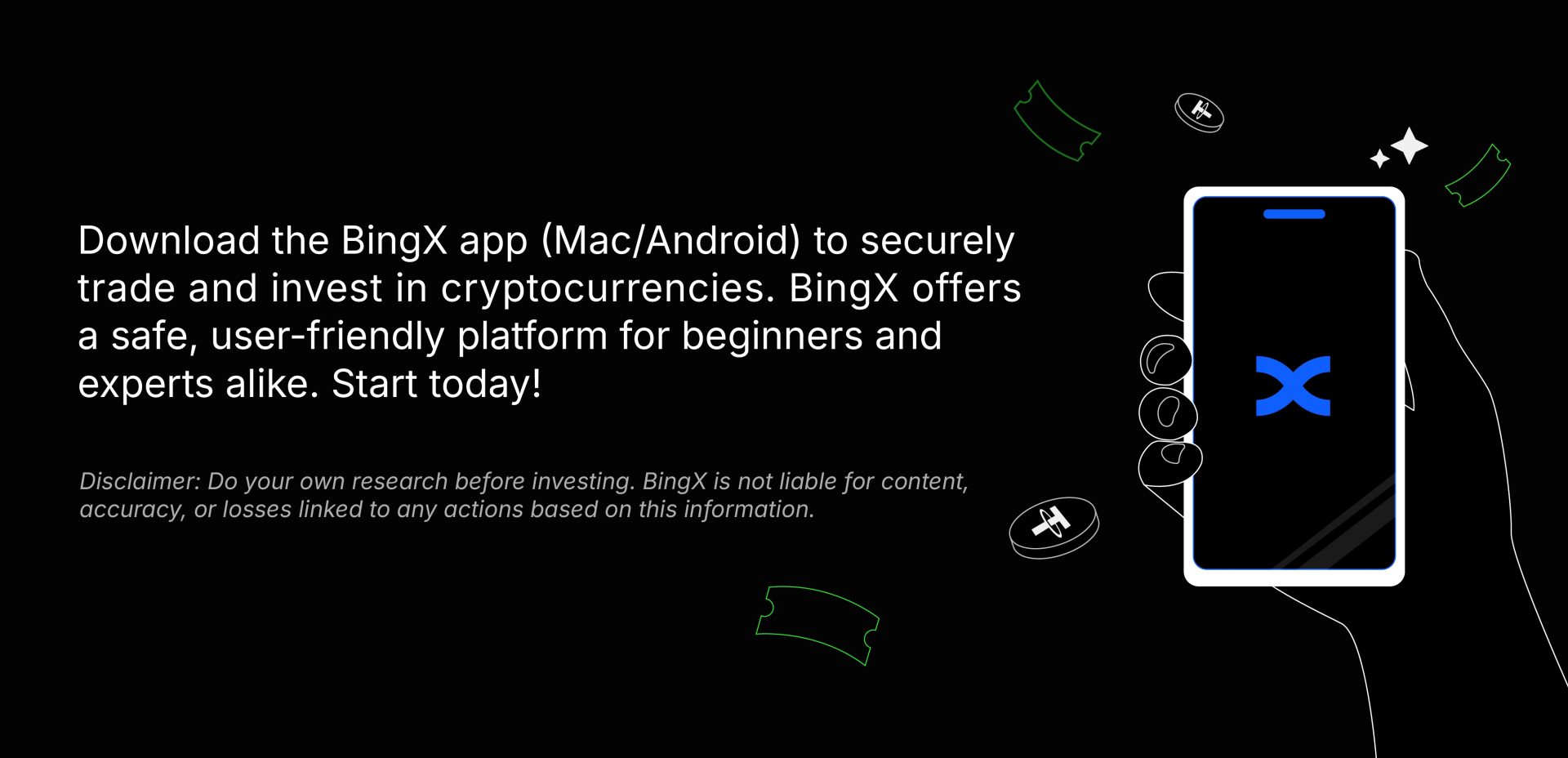Can a regulatory proposal transform the entire stablecoin ecosystem? Or is it just another storm in the already turbulent skies of digital finance? The STABLE Act isn’t just a footnote in the ongoing debate around crypto oversight. It might be the spark that redraws the lines between innovation and regulation. As stablecoins like USDC, Tether, and PayPal USD jostle for dominance, the real question is: what happens when governments finally tighten the leash?
A Bold Step or Bureaucratic Buzzkill?
The most recent draft of the STABLE Act, officially reintroduced this May, seeks to bring stablecoin issuers under the oversight of federal banking laws. The proposal mandates that any company issuing a stablecoin must be a federally insured depository institution. That’s not just a little paperwork. It could shut the door on countless DeFi-backed stablecoin projects, turning a permissionless system into a permission-required one.
This legislation arrives at a time when stablecoins are not just growing, they’re sprinting. With nearly $160 billion in circulation and growing utility in cross-border payments, remittances, and DeFi protocols, the STABLE Act may seem like a necessary safety net. But some view it as overregulation in disguise, one that could suffocate smaller innovators while gifting legacy banks a golden ticket back into the digital currency race.
Winners, Losers, and the Hunt for Compliance
There is the chance that the STABLE Act could crown new kings in the stablecoin arena. Projects backed by regulated entities like Circle’s USDC or Paxos’ PayPal USD could thrive under the act’s guidelines. These players already operate under high transparency standards and have established links to traditional finance.
Keep in mind though that algorithmic stablecoins and decentralized issuers like DAI and Frax might not survive the regulatory storm. The very ethos of decentralization clashes with the proposed requirements. If forced to register as banks, many of these projects would likely fold, creating a market shift that rewards centralization over innovation. Irony much?
Trust Isn’t Just a Buzzword
Despite concerns, stablecoins have shown resilience, as highlighted by their expanding use in emerging markets and daily transactions on-chain. Yet not all is rosy. The $37 trillion growth projection for stablecoins depends less on wishful thinking and more on real-world usability and transparent backing. Market forces, not just policies, will ultimately determine which projects stand tall. Regulation like the STABLE Act may play a role in reinforcing market trust. For everyday users and institutions alike, the idea of stablecoins backed by something more robust than vibes and memes is not entirely unwelcome. In volatile markets, anchored trust could become the most valuable asset of all.
the Safe Harbor in These Choppy Waters
So, what’s a savvy trader to do in a market being rewired by policymakers? The answer starts with choosing the right platform. In a world where stablecoins might need a license to breathe, having an exchange like BingX that already plays by the highest standards is like holding a digital life jacket. Now, how’s that for peace of mind in crypto?
